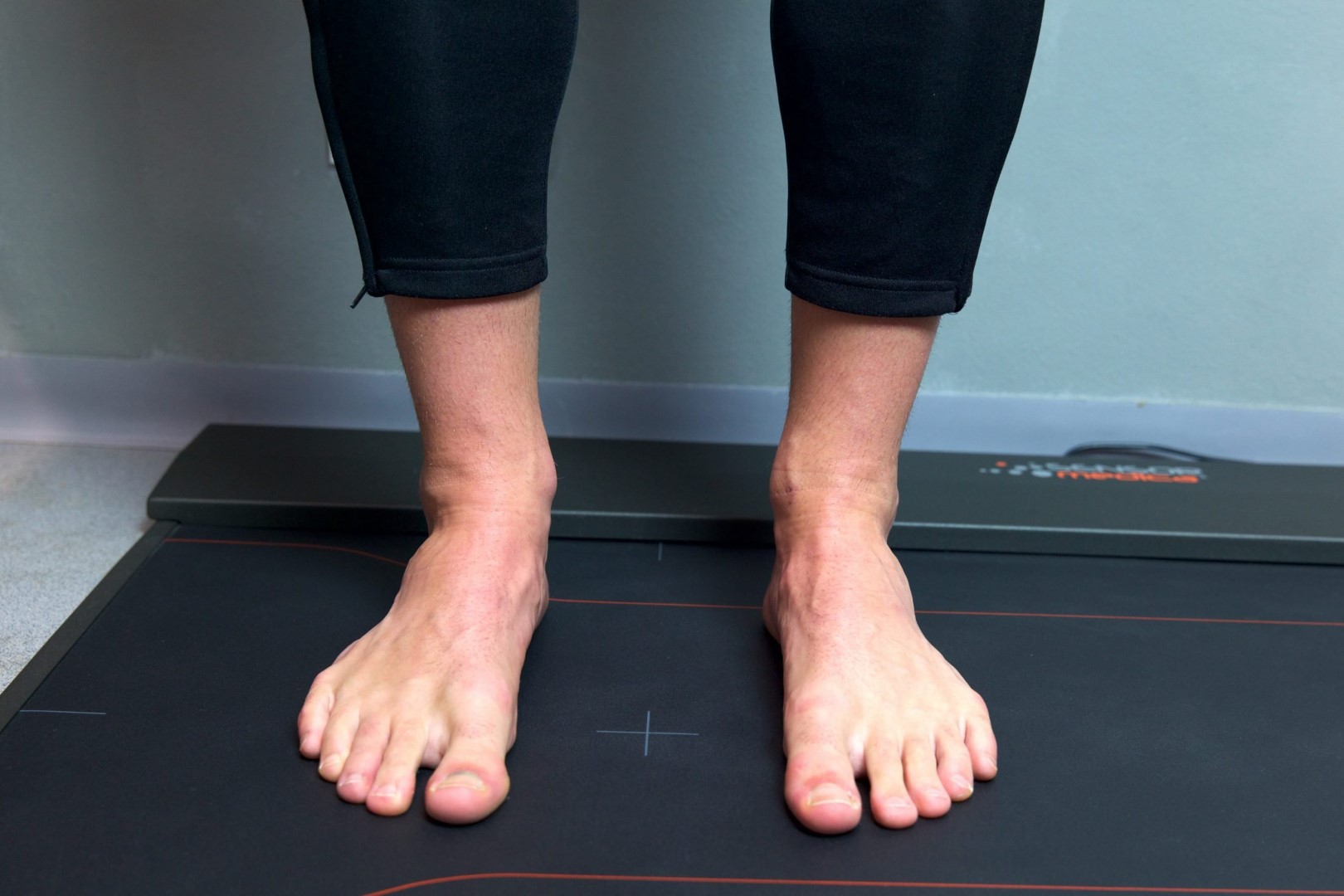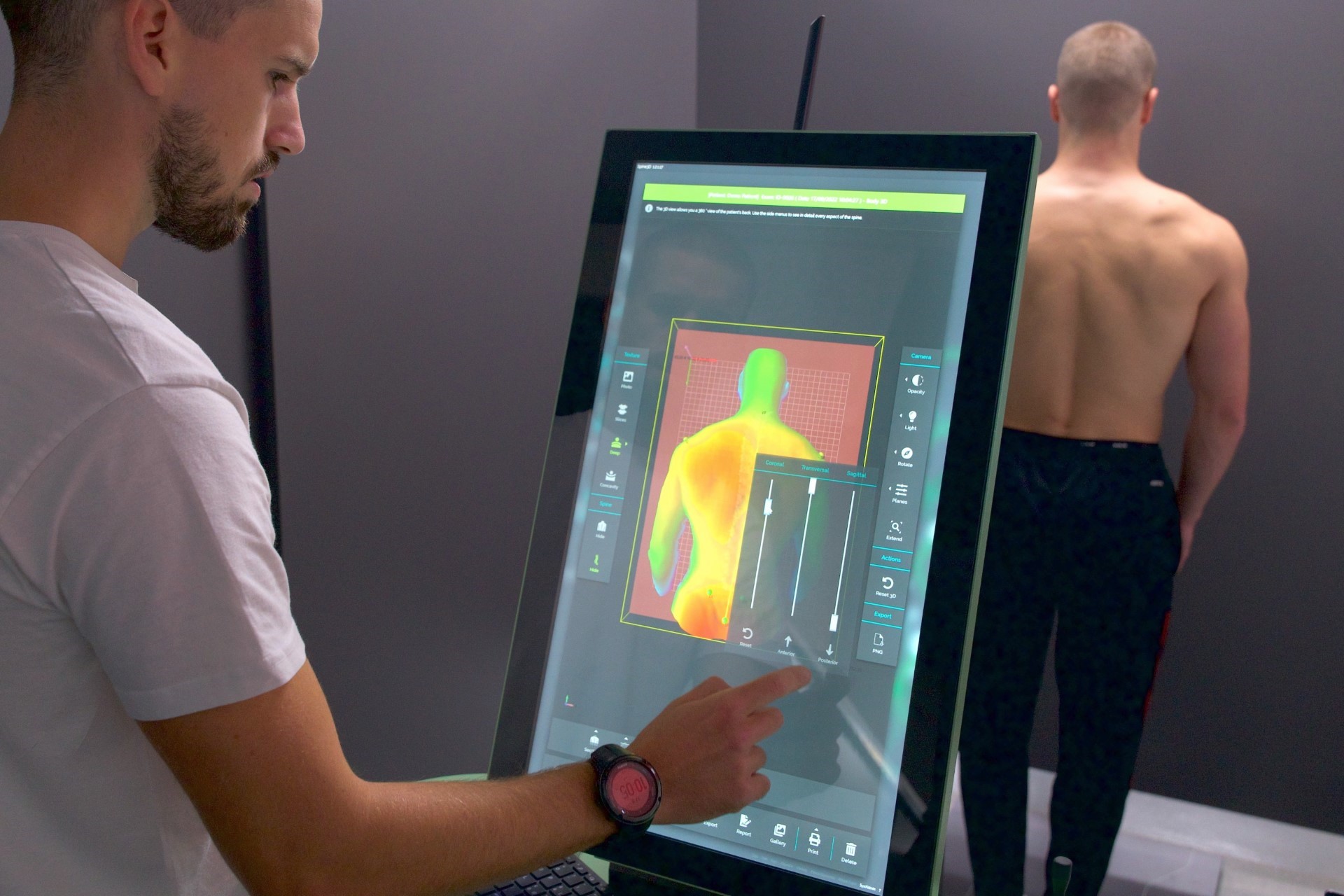Physiotherapy examinations and diagnostics
If you imagine that your shoe has caused a blister, then the diagnosis of your condition is a blister. The examination by a specialist doctor should confirm that it is indeed a blister, determine its location and size. After that, the physiotherapist should examine the shoe, socks, and anything else that could contribute to the formation of the blister, and then focus on treating the painful condition, as well as correcting the causes that led to it (in this case, the shoes).
Almost all painful conditions in the musculoskeletal system are very similar to this blister parable. In this sense, even with a previously established diagnosis and a certain course of therapy, a physiotherapeutic examination brings new information about possible causes, and then the shortest possible path to the recovery of the painful condition or injury. Additional tests and diagnostic procedures performed at our Polyclinic, when needed, serve the same purpose.
Additionally, with the same diagnosis, the condition can vary dramatically between two different patients. For example, advanced knee arthritis may cause only minor discomfort, while early degenerative changes in the knee can cause significant inflammation, swelling, and pain. The therapy for these two conditions cannot be the same, even though the diagnosis is the same. In such cases, the examination and advice of a physiotherapist are of great help.
PLACE AN ORDER OR SEND INQUIRY
Our expert team is here for you!














